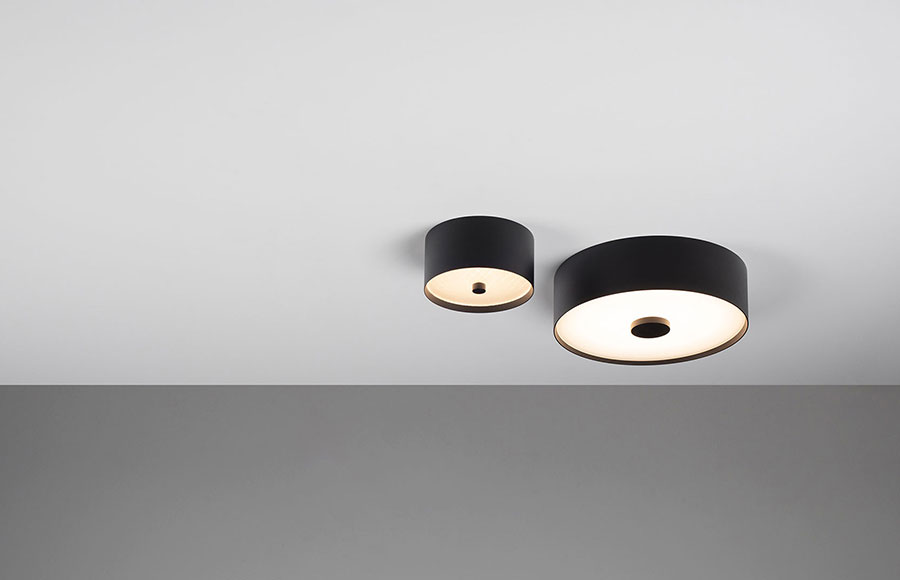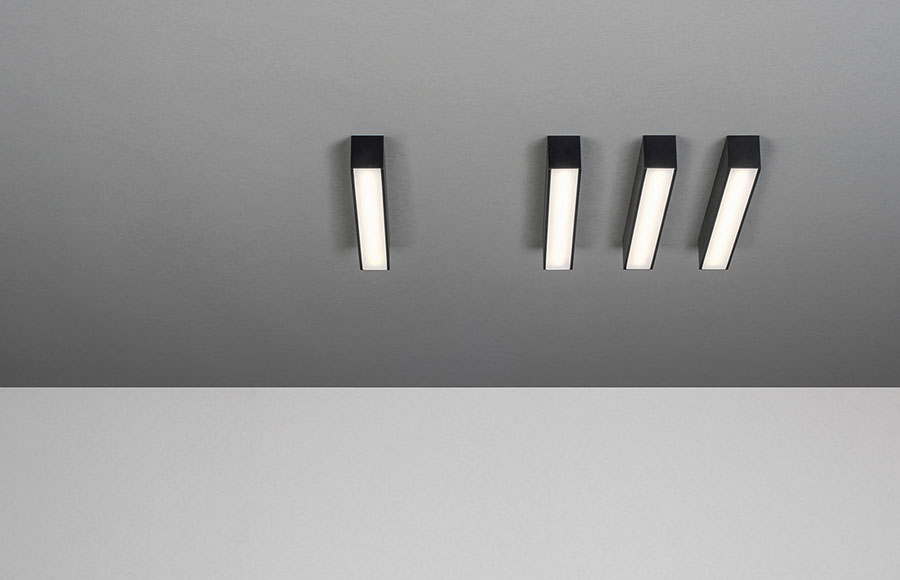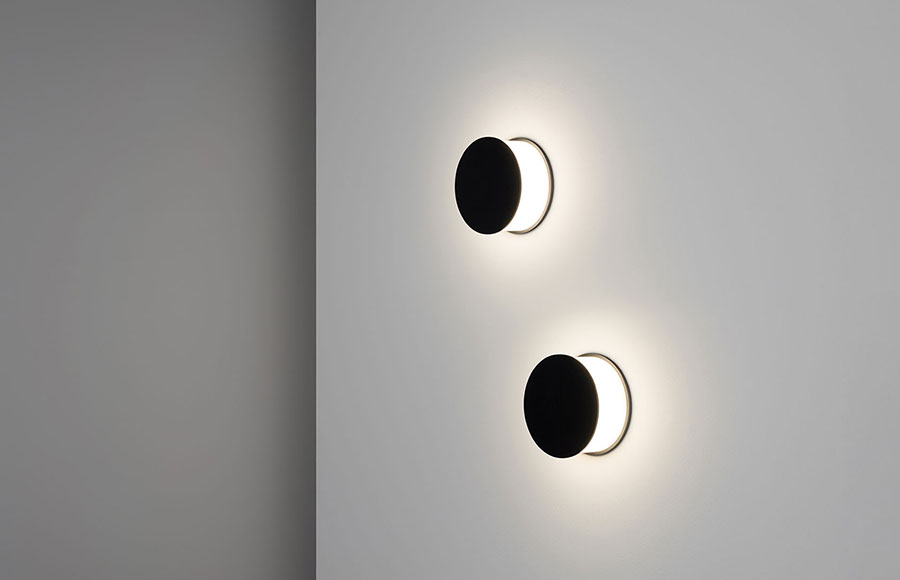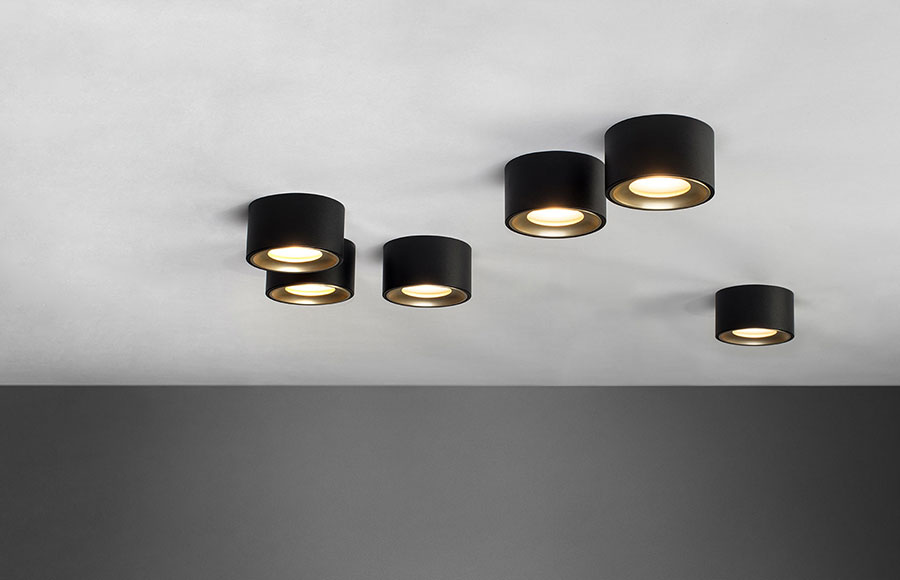Each room, whether in private or public space, has a specific function. What to do to make it meet all the requirements and be really comfortable? It is worth knowing the basic principles of lighting space and the parameters of lighting fixtures. Know what type of light to choose to suit a given room, what parameters to pay attention to when choosing lamps so that they are safe.
In this article, we will introduce you to bathroom lighting. It must meet very specific requirements, mainly because in the bathroom we deal with: water, steam and moisture. These factors can damage the luminaire and even lead to a short circuit. Therefore, in order for the luminaires to be used safely, they should have a higher degree of protection (IP).
The second important aspect when designing bathroom lighting is its type, i.e. where we can use spot lighting, and where - general lighting.
The IP value of the luminaires in the bathroom depends on the design of the room - the arrangement of lighting points and interior fittings.
What is the class of ingres protection?
International Protection is a technical marking indicating whether a given luminaire is resistant to external factors, such as: water, moisture, dust or touch. The world standard for determining the degree of tightness is the IP code, which usually consists of two letters (IP) and two numbers.
The first digit of the IP code means that the housing protects against access to hazardous parts placed inside the lamp, and also prevents foreign solid objects from penetrating inside. The degree of tightness is determined from 0 to 6.
The second digit in the IP code means that the device is protected against water and moisture. The degree of tightness is in the range 0 to 9.
The whole is defined in accordance with the PN-EN 60529: 2003 standard, where detailed information on this parameter can be found.
What IP luminaires have?
Most of our products are IP20. Lamps with such a tightness check are resistant to contact with bodies larger than 12.5 mm. Accidental touching of the lamp does not endanger your safety and does not damage the electrical mechanism of the fitting. We also don't have to worry about an insect getting into its electrical components.


The next step is IP44. Luminaires with this degree of tightness will not be damaged by solid objects larger than 1 mm. They are also protected against drops flying from any direction at any angle (the lamp is splash-proof). However, these are not luminaires that could be exposed to water all the time.




IP54 - luminaires of this tightness class will not be damaged by water drops falling on them from any direction, and dust will not penetrate into them in amounts that will not interfere with the operation of the device.
IP65 - the lamp is completely tight against dust and water jets from any direction.


It is always worth choosing luminaires with a higher degree of tightness for the bathroom. However, we do not have to immediately reach for the lighting with the highest IP. The choice of lamps also depends on the design of the room - the arrangement of lighting points and equipment.
Definition of zones: 0, 1, 2 or 3.
In the bathroom, we can distinguish four main zones, which are determined based on the location of the sanitary facilities.
1) Zone 0 - is the bathtub, floor and walls of the shower cubicle. It is only possible to use luminaires with IP65 tightness.
2) Zone 1 - is the space up to 2.25 m above the bathtub or shower cubicle (from the floor). Lamps with IP44 or IP45 protection degree can be used here.
3) Zone 2 - is in the vicinity of the bathtub, shower cubicle and washbasin, designated in the area of up to 60 cm in each direction. Lamps with IP44 can be used in these types of areas.
4) Zone 3 - next to the sanitary facilities, designated in an area 2.4 m wide. Here you can safely use IP20 luminaires.
Considering this division, we can decide what class of tightness the chosen luminaires in the bathroom should have - both those that give general light in the middle of the bathroom, and those of the downlight type located directly above the shower cubicle.

How to properly design lighting in the bathroom?
Adequate bathroom lighting is just as important as its functional design. After all, it is a place where we perform a lot of precise hygienic and cosmetic activities, we use a mirror, but we also relax. Without proper lighting, daily care can be difficult.
So that this does not happen, remember that the basic rule is a skilful combination of general and spot lighting. Usually, we need several light sources so that the entire room and each of its zones is well lit. One general light fitting is not enough for good bathroom lighting. Here, pendant luminaires or wall lamps by the mirror, by the bathtub or over the washbasin will also be useful.
When designing lighting in the bathroom, let's start with general light, which will evenly illuminate the entire room and will not cause strong shadows and contrasting areas.
For bathrooms, we recommend - depending on your preferences - a neutral light color of 3000 K or a warm color of 2700 K. If it is to be a luminaire with a shutter, we recommend a opal diffuser - SOFT, which evenly distributes the light - both central and near the mirror.


When designing lighting in the bathroom, let's start with general light, which will evenly illuminate the entire room and will not cause strong shadows and contrasting areas.

The second important area of lighting is the mirror or the sink. Here we need approx. 200 lux to illuminate this area well.

On the other hand, a spotlight is enough to illuminate the shower or bath area.

When designing electrical installations, it is also worth thinking about decorative lighting, which will make us create a more intimate and relaxing atmosphere.